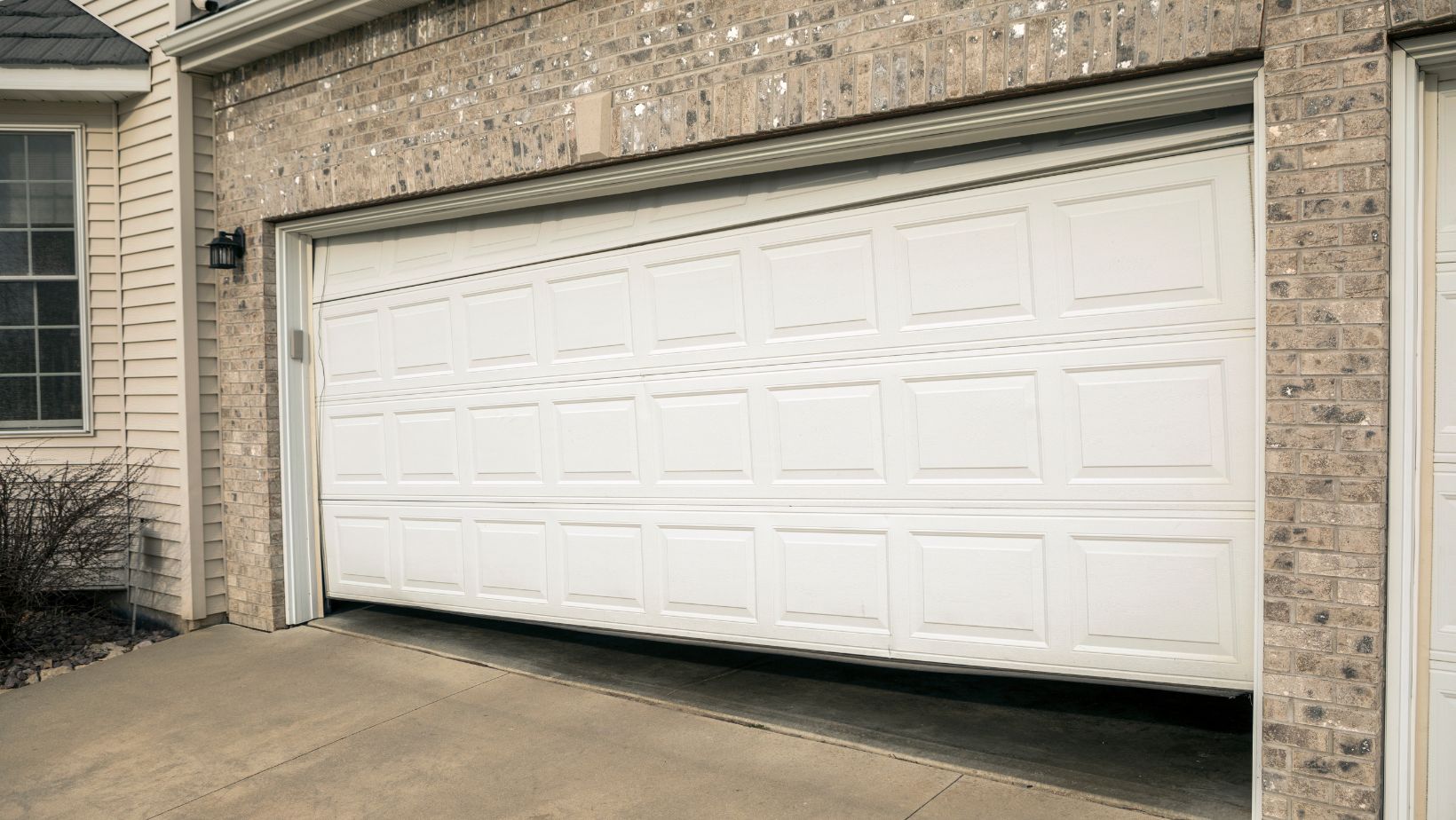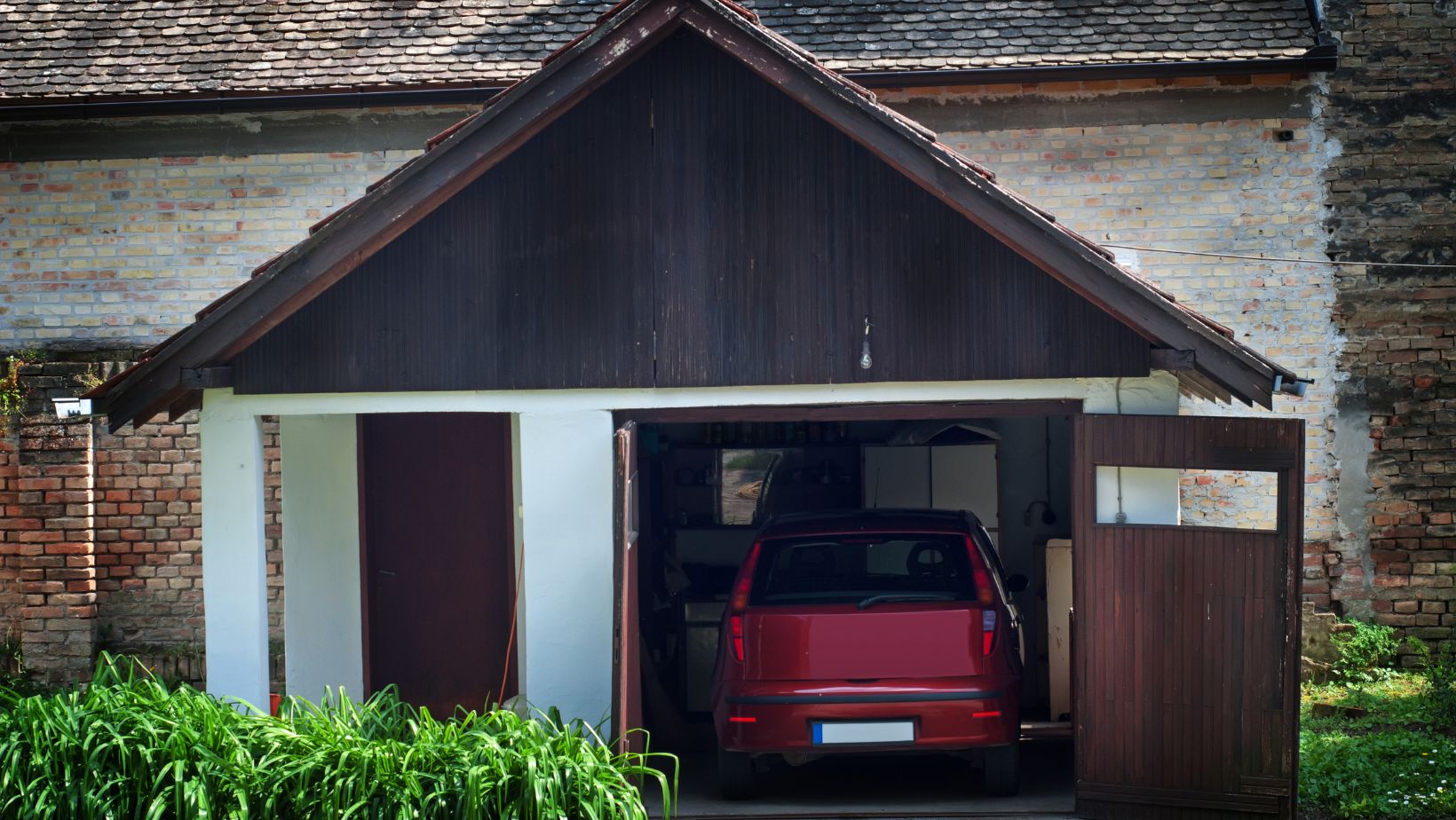Table of Contents
ToggleAccidentally Left Car Running in Garage for 2 Minutes
Accidentally leaving a car running in the garage for even just a few minutes can lead to potentially dangerous consequences. The combination of a closed space and an active engine can result in the build-up of toxic gases, such as carbon monoxide. This silent and odorless gas can quickly fill the garage, posing serious health risks to anyone inside.
Carbon monoxide is known as the “silent killer” because it cannot be detected without proper monitoring equipment. Exposure to high levels of this gas can cause symptoms like headache, dizziness, nausea, confusion, and even loss of consciousness or death. It’s crucial to prioritize safety by ensuring that your garage is well-ventilated and never leaving your car running unattended in an enclosed space.
Preventing Accidental Carbon Monoxide Exposure
When it comes to car safety, we often think about seat belts, airbags, and defensive driving techniques. However, there’s another potential hazard that may not immediately come to mind: carbon monoxide (CO) poisoning. Accidentally leaving your car running in the garage for even a short period of time can lead to the buildup of this odorless and invisible gas, putting you and your loved ones at risk.
Here are some essential measures to prevent accidental carbon monoxide exposure:
- Be Mindful of Your Vehicle: Always double-check that your car is turned off before exiting it. It’s easy to get distracted or forgetful in our fast-paced lives, but taking a few extra seconds to confirm can save lives. Make it a habit to glance at your dashboard and listen for any engine noise before leaving the vehicle.
- Install Carbon Monoxide Detectors: Just like smoke detectors, having carbon monoxide detectors in your home is crucial for early detection of this silent killer. Place them strategically near sleeping areas and on each level of your house, including the garage. Remember to test them regularly and replace batteries as needed.
- Adequate Ventilation: Proper ventilation is vital when working with vehicles inside enclosed spaces such as garages or workshops. Ensure that windows or doors are open while starting or running your car in these areas. This allows fresh air circulation, preventing the accumulation of carbon monoxide.
- Educate Family Members: Teach everyone in your household about the dangers of carbon monoxide poisoning and how it can occur from leaving a running vehicle unattended in an enclosed space like a garage. Emphasize the importance of turning off cars promptly after use and never using them as alternative heating sources during cold weather.
- Regular Car Maintenance: Keeping up with routine maintenance not only helps prolong the life of your vehicle but also reduces the likelihood of unexpected issues like a malfunctioning exhaust system. Ensure that your car receives regular inspections, particularly for the exhaust system, to minimize the risk of carbon monoxide leaks.
Remember, even a seemingly harmless action like accidentally leaving your car running in the garage for just 2 minutes can have serious consequences. By following these preventive measures and being mindful of the potential dangers, you can help protect yourself and your loved ones from accidental carbon monoxide exposure.
Proper Ventilation in the Garage
When it comes to maintaining a safe and healthy environment in your garage, proper ventilation is of utmost importance. This becomes even more crucial if you’ve accidentally left your car running in the garage for 2 minutes or longer. In this section, we’ll explore why ventilation matters and how you can ensure adequate airflow to minimize potential risks.
- The Risks of Poor Ventilation Without sufficient ventilation, toxic gases such as carbon monoxide (CO) can quickly accumulate in an enclosed space like a garage. Carbon monoxide is a colorless and odorless gas produced by burning fuels, including gasoline in our vehicles. Breathing in high levels of CO can lead to severe health issues or even prove fatal. That’s why it’s essential to take steps to prevent its buildup.
- Ensuring Adequate Airflow To improve the ventilation in your garage, consider implementing these measures:
- Open Doors and Windows: Whenever possible, open the doors and windows in your garage while operating your vehicle inside. This allows fresh air to flow through and helps expel any harmful gases that may have accumulated.
- Install Exhaust Fans: Installing exhaust fans near the ceiling or walls of your garage can help remove stagnant air and promote proper airflow. These fans work by pulling out stale air from inside while drawing clean air from outside.
- Use Portable Fans: If you don’t have access to permanent exhaust fans, using portable fans strategically placed near doors or windows can still help create a cross breeze and improve circulation.
- Regular Maintenance Checks In addition to ensuring proper ventilation during vehicle operation, it’s important to conduct regular maintenance checks on both your car and your garage environment:
- Check Your Vehicle’s Exhaust System: A well-maintained exhaust system reduces the risk of leaks that could potentially release harmful gases into the garage. Have a professional inspect your vehicle regularly for any signs of wear or damage.
- Test Carbon Monoxide Detectors: Installing carbon monoxide detectors in your garage can provide an added layer of protection. Regularly test and replace the batteries to ensure they are functioning properly.
By prioritizing proper ventilation and taking necessary precautions, you can minimize the risks associated with accidentally leaving your car running in the garage for even a short period of time. Remember, safety should always be a top priority when it comes to protecting yourself and your loved ones from potential hazards.






